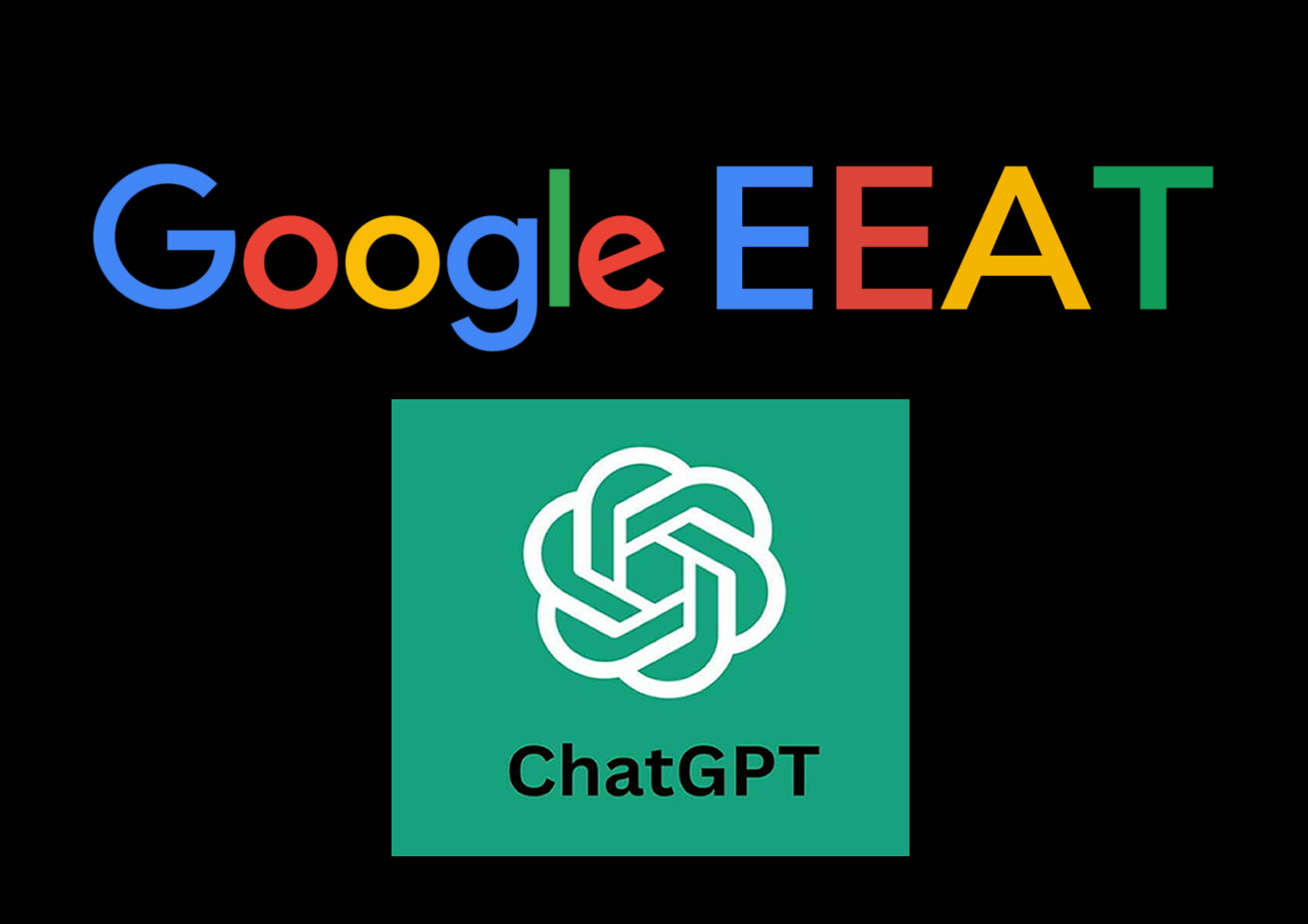Let's delve into the details of EEAT vs Chat GPT and how you can use automation to improve customer experience without losing the personal touch.
What is EEAT?
EEAT stands for Expertise, Authoritativeness, and Trustworthiness. These are the three key factors that Google uses to determine the quality of a website's content. As a website owner or content creator, it's important to understand these factors and incorporate them into your content strategy. By focusing on EEAT, you can improve your website's search engine ranking and drive more traffic to your site.
Expertise refers to the knowledge and experience of the content creator or website owner. It's important to demonstrate that you have a deep understanding of the topic at hand and can provide valuable insights to your audience.
Authoritativeness refers to the reputation and credibility of the content creator or website owner. This can be demonstrated through mentions and backlinks from other authoritative sources, as well as social proof like customer reviews.
Trustworthiness refers to the reliability and honesty of the content creator or website owner. It's important to provide accurate information and avoid misleading or deceptive practices.
What is Chat GPT?
Chat GPT is an advanced chatbot that uses artificial intelligence and natural language processing to interact with customers. It can provide personalized responses and improve customer experience by answering frequently asked questions and addressing common concerns. Chat GPT is a powerful tool for businesses that want to improve their customer service while also reducing their workload.
Chat GPT uses a sophisticated algorithm that allows it to understand natural language and respond to customers in a way that feels personal and human-like. It can handle a wide range of customer inquiries, from basic questions about your products or services to more complex issues that require the attention of a human representative.
How to Leverage Automation Without Sacrificing Human Experience
The key to leveraging automation without sacrificing human experience is to find the right balance between automation and personalization. Here are some tips to help you do just that:
1. Identify the Right Tasks for Automation
Start by identifying the tasks that can be easily automated without sacrificing quality. For example, answering frequently asked questions or providing basic information about your products or services can be easily handled by a chatbot like Chat GPT. This will free up your human staff to focus on more complex tasks that require a personal touch.
2. Personalize Your Automated Responses
While automation can save time and improve efficiency, it's important not to lose the personal touch. Make sure your automated responses are personalized to the individual customer and their needs. This can be achieved by using their name, referencing their previous interactions with your business, or using natural language processing to understand their intent.
3. Use Automation to Enhance, Not Replace, Human Interaction
Automation should be used to enhance, not replace, human interaction. While Chat GPT can handle many common customer inquiries, there will still be times when a customer needs to speak with a human. Make sure your automated system is designed to seamlessly transfer customers to a human representative when necessary.
4. Collect and Analyze Customer Feedback
To ensure that your automation efforts are meeting the needs of your customers, it's important to collect and analyze customer feedback. This can be done through surveys, customer reviews, or by monitoring social media mentions. Use this feedback to continually improve your automated system and ensure that it's providing the best possible customer experience.
Leveraging automation without sacrificing human experience is all about finding the right balance. By focusing on EEAT, using Chat

